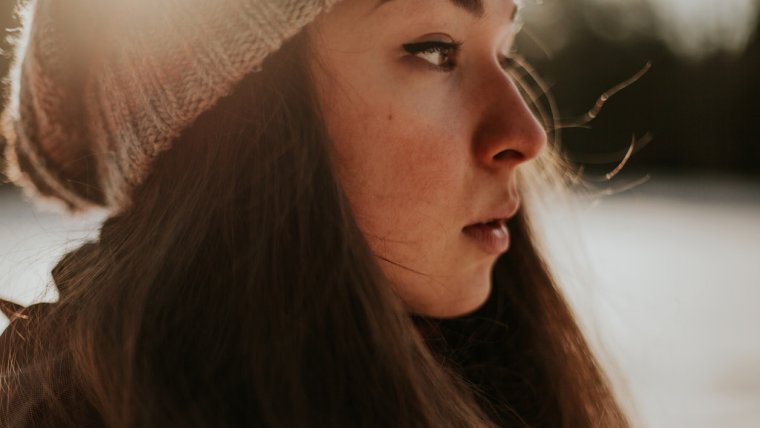
Photography has always been a source of endless comfort for me. I remember the unforgettable excitement I felt when I picked up my very old, very broken phone and started taking photos of myself with a camera that had fewer than 2 megapixels. What first started out as a simple creative experiment turned into an ever-changing relationship with myself and the people around me. I had no idea that in a matter of days, I’d be running to my camera to deal with both pleasant and upsetting emotions. It was an instant spark, similar to the burst of happiness one feels when meeting a person whose presence just makes sense. I was oblivious to the fact that this seemingly insignificant moment had the power to change me in such a profound way.
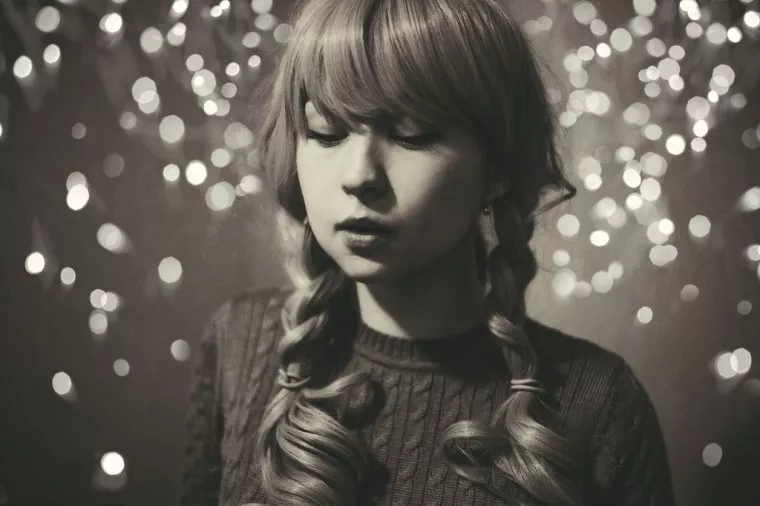
I became more involved in the online world when I started taking photos, which gave me the necessary confidence and motivation to take raw and honest images. There were so many relatable people in that world, strangers who offered advice or simply left a nice comment. What fascinated me most, though, were the emotions that were naturally attached to every breathtaking piece of art, especially self-portraits. Most photos weren’t accompanied by any words, yet looking at each one felt like diving into a new story.
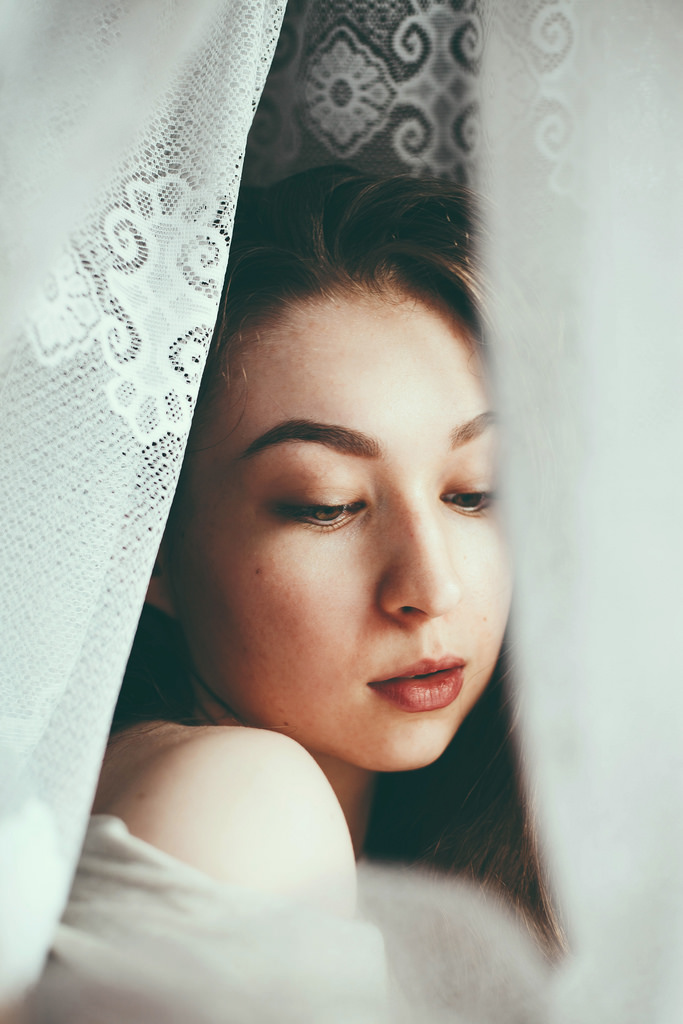
Like any adolescent, I was fighting emotions and trying to deal with them the best way I could. Sometimes I’d come home after a particularly rough day and a pattern of light on a wall would catch my eye, compelling me to take a few photos reflecting my emotions and, at the same time, acknowledging the beauty of my surroundings.
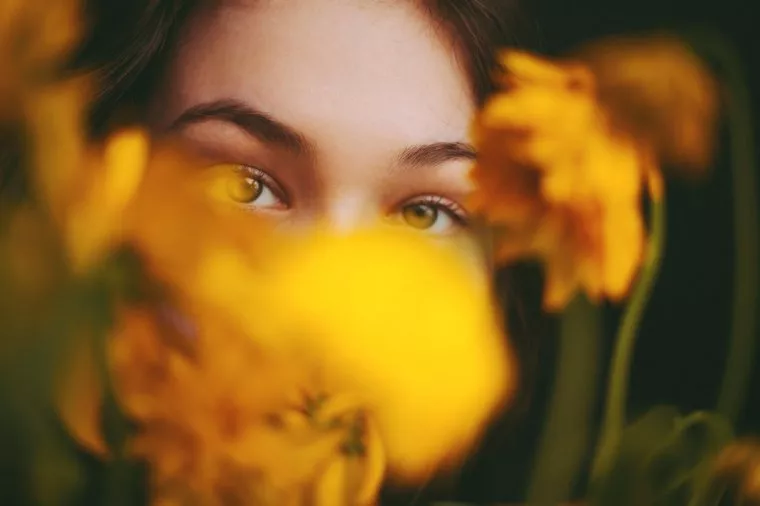
As a self portrait photographer, the need to create art and the opportunity to do so gave me a chance to find uplifting details during dark times. I became aware of fleeting moments that, if captured, would become pleasant souvenirs as well as tiny homes of comfort. This need to blend with nature and to include myself in photographs has taught me to be humble and patient; humble because the earth is filled with incomparable beauty, and patient because of the days and weeks it sometimes takes me to find the right moment, to catch the perfect light. My current small apartment has taught me to make use of every corner and every eye-catching item, be it the way neighboring buildings reflect light until the sun sets, or a patch of darkness in a very light room. Details like that not only spark the imagination, but also inspire gratitude.
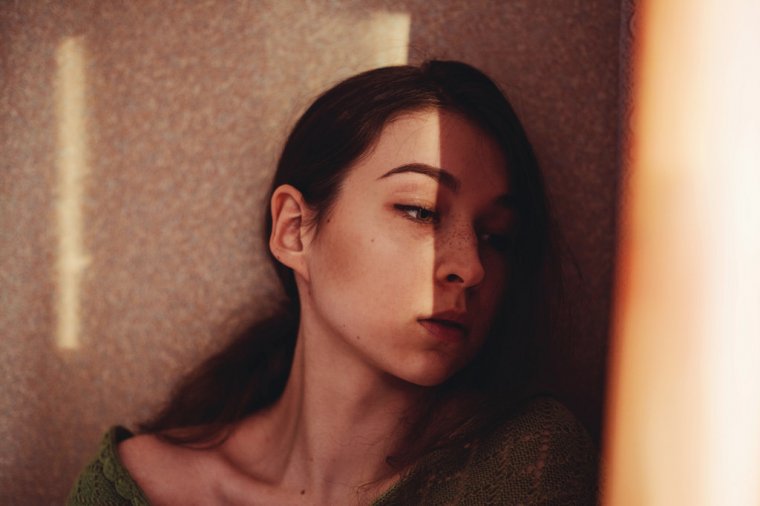
In some ways, photography (or any kind of fine art) is more than just a striking photograph. It’s self-reflection, appreciation, emotional growth, escapism, confrontation, and the list goes on. It doesn’t matter what kind of subject is in the photo if the self portrait photographer has created it with passion. If emotions can be felt while looking at someone’s work and if someone can feel less lonely by simply sharing his or her art, then the world quietly becomes a better place in someone’s world, and that matters. I believe that any photographer, any artist, has the ability to change someone’s perspective or even help someone get through a challenging time in their life. When one is aware of this power, life becomes all the more vibrant.
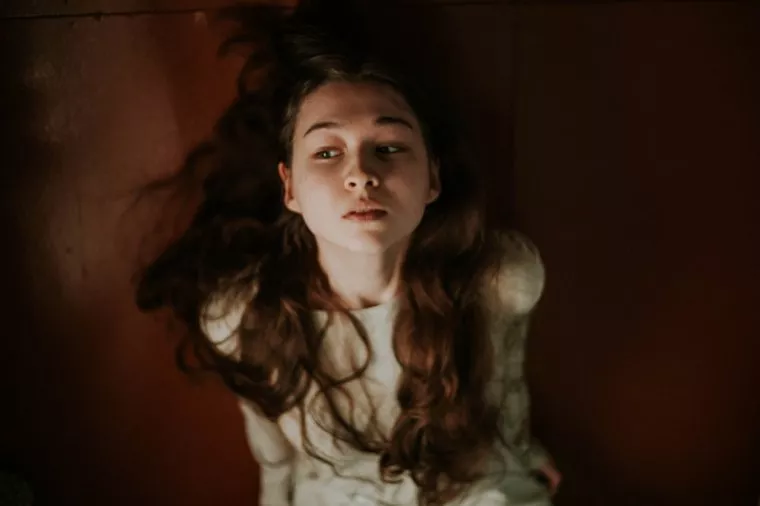
Spontaneous portraits effortlessly capture raw human emotions. Because of this, it’s difficult to associate them with self-portraiture.
As a self-portrait photographer, you’re usually aware of the camera. As both the photographer and model, you have an idea of the emotions you want to document and the way you want to look. This awareness is the complete opposite of spontaneity. Or is it?
Spontaneous self-portraits are a genre of their own. It’s possible to take photos of yourself in which you’re genuinely unaware of the camera. It’s also possible to express yourself so naturally, that viewers won’t believe you took a photo of yourself.
Table of Contents
With the help of music, new locations, films, and hobbies, you’ll be able to take a professional self portrait that looks both spontaneous and genuine. Here are tips on how you can achieve this.
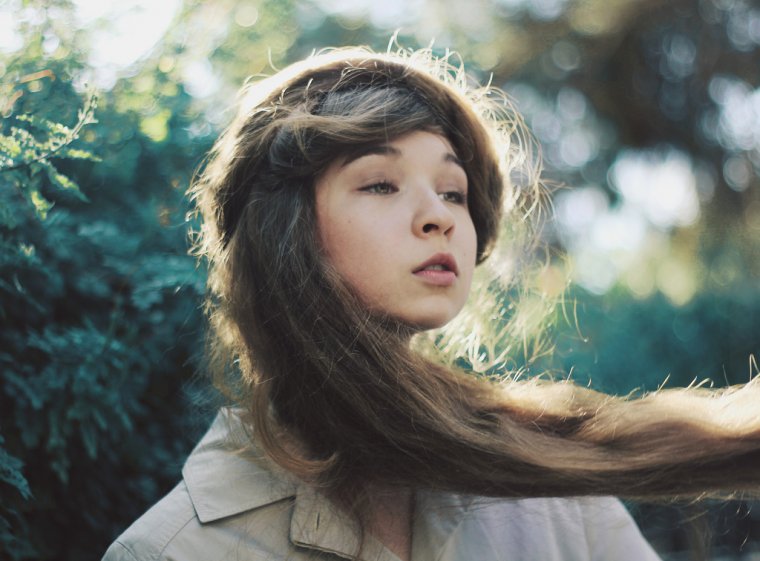
We all love music. It lifts our spirits, comforts us on bad days, and gives us creative ideas. Why not let it help you during a creative self portrait photo shoot, too?
Create a playlist that makes you feel empowered, happy, dreamy, excited or anything else you can imagine. Your favorite songs will make your photoshoots more fun, give you more confidence, or even inspire you to dance! Make the most of this energy as you take photographs. Move, laugh, sing, and just be yourself.
Music will also give you room to experiment. You might get so carried away that you’ll forget the camera’s presence! This will result in beautiful and spontaneous self-portraits.
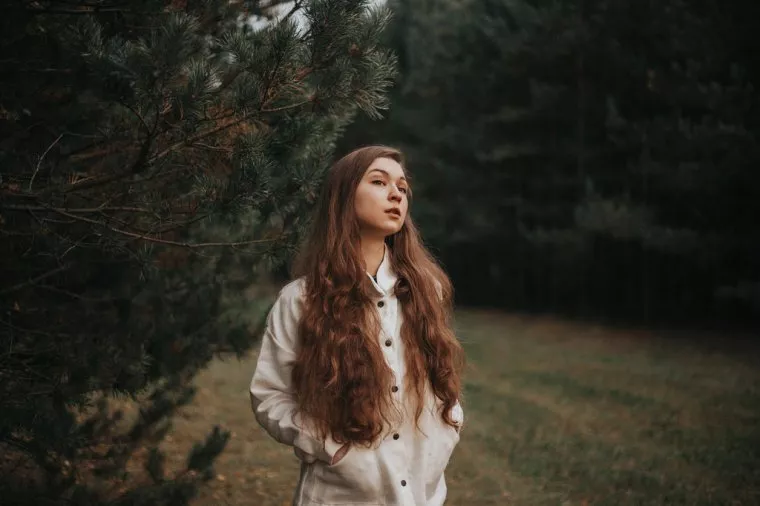
New surroundings can refresh your creativity and distract you from any modeling tension you might have. The more places you explore, the easier it will be to look natural in your creative selfies.
To take an artistic self portrait, take the time to admire your surroundings. Look at things you like while pressing the shutter. This will create the illusion of spontaneity. It will also take your mind off poses, expressions, and angles.
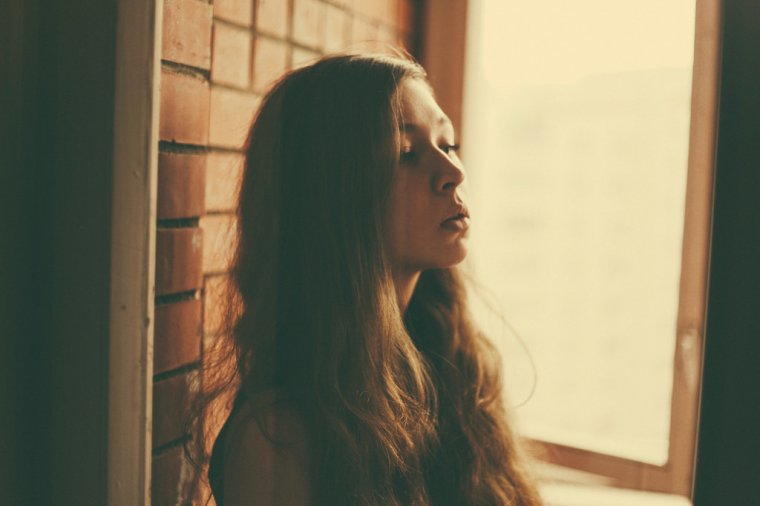
Actors are experts at looking natural in front of a camera, so take the time to observe them. Instead of simply watching films, take screenshots every time you come across a beautiful scene. Alternatively, you can simply research movie stills and select your favorite ones. Either way, you’ll have access to millions of helpful visual references that will teach you the art of spontaneity.
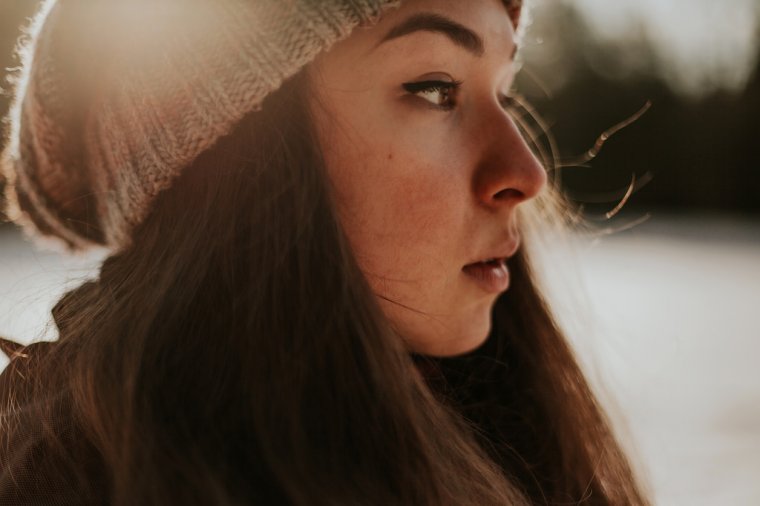
Spontaneity implies an unawareness of the camera, so don’t look into your lens all the time.
Use your visual references to get new posing ideas. Experiment with a different angle, facial expression, and perspective. Look into the distance, close your eyes, talk to someone, etc. This will give you lots of room to look as genuine as possible in the final photographic image.
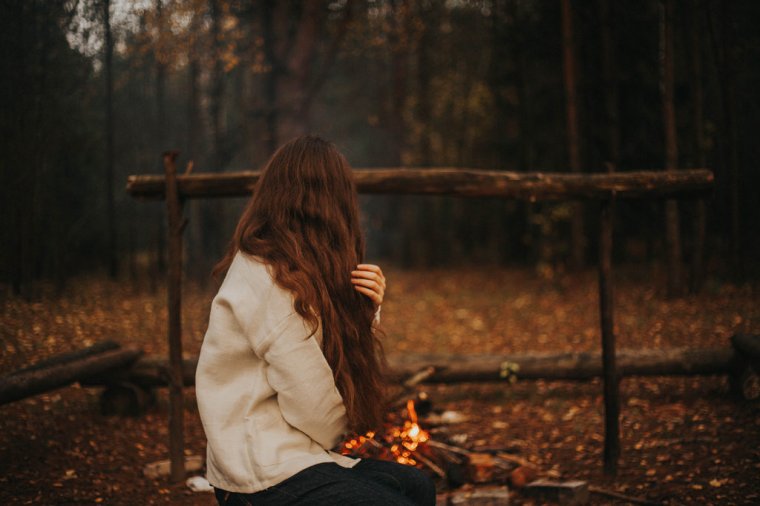
If you can’t fake spontaneity, then embrace it by distracting yourself.
One of the easiest ways to get lost in your own world is to work on something you love. If you enjoy drawing, on self portrait photography ideas is to take photos of yourself working on a new sketch. If you enjoy spending time with your loved ones, photograph yourselves playing a game. Even though you’ll be in charge of taking the photos, you’ll enjoy yourself so much that your facial expression and pose won’t matte as much.
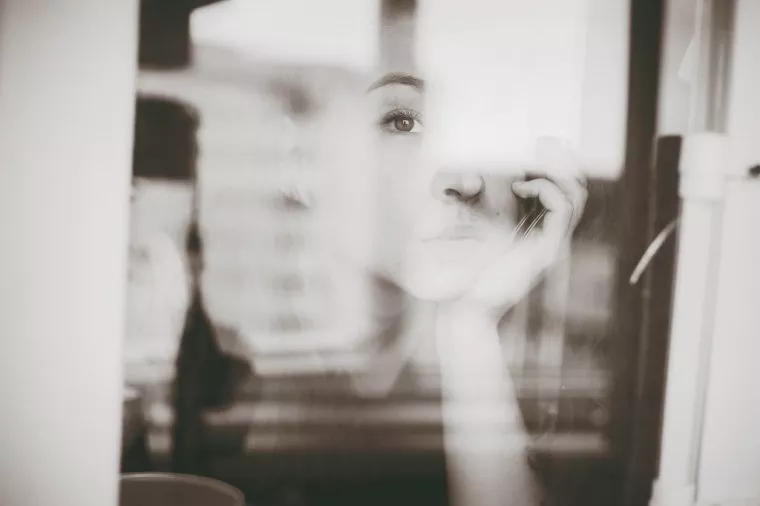
Once you get the hang of these techniques (and trust me, you’ll master them quickly), you’ll become an expert at taking a beautiful self portrait. You’ll also get better at feeling comfortable in your own skin, enjoying your photoshoots, and finding inspiration in the most unusual places.
The most important part of the transformation is understanding the emotion you want to create. It’s okay to simply enjoy the unpredictable nature of a shoot. It’s also okay to have a detailed plan before you begin. Whichever method you choose, remember to have a story in mind. What kind of story do you want to tell? Are there any emotions that really stand out to you? It would help to watch a film or read a book before your selfie portrait shoot; even if you won’t end up planning anything afterward, the emotions of the story will seep into your mind and fill your subconscious with interesting ideas. If you have the time and the desire, writing a short story for your character would benefit you greatly. Not only would it provide you with enriching ideas, but it would also improve your writing and thinking skills.
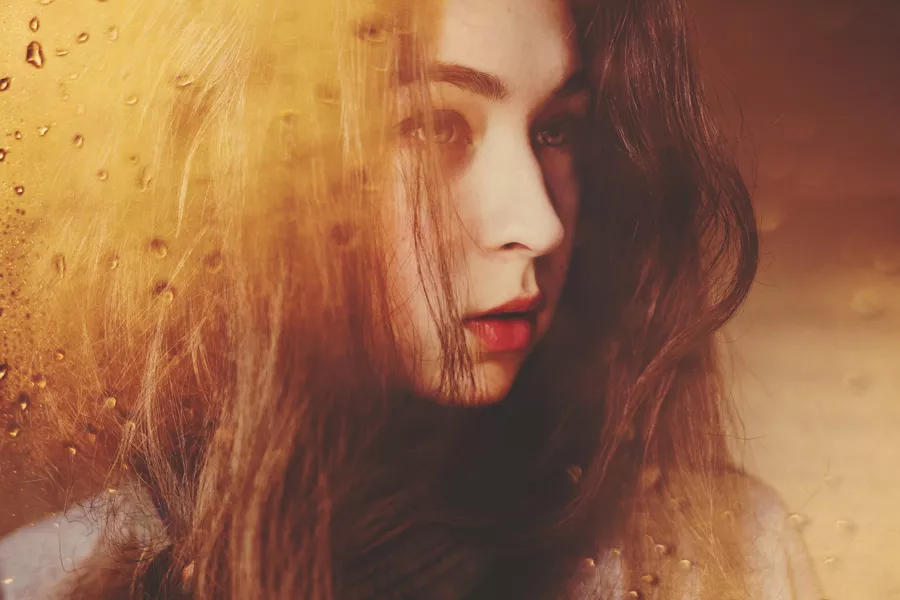
Actors often admit that a makeover gives them the necessary confidence embody their character successfully. An outfit change could turn you into someone who’s willing to expose their heart for the sake of self portrait photography. While this isn’t a direct transformation tip, it’s a reminder to familiarize yourself with your emotions and to find comfort in them through your art. The results might not always please you, but they’ll give you the necessary amount of empathy to have an honest shoot.
I encourage you to experiment fearlessly. Most of my hairstyles are the results of random movements and patterns. More often than not, they’re just messy knots which happen to be photogenic. Anyone can be their own hairdresser, especially passionate photographers who wish to tell a heartfelt story.
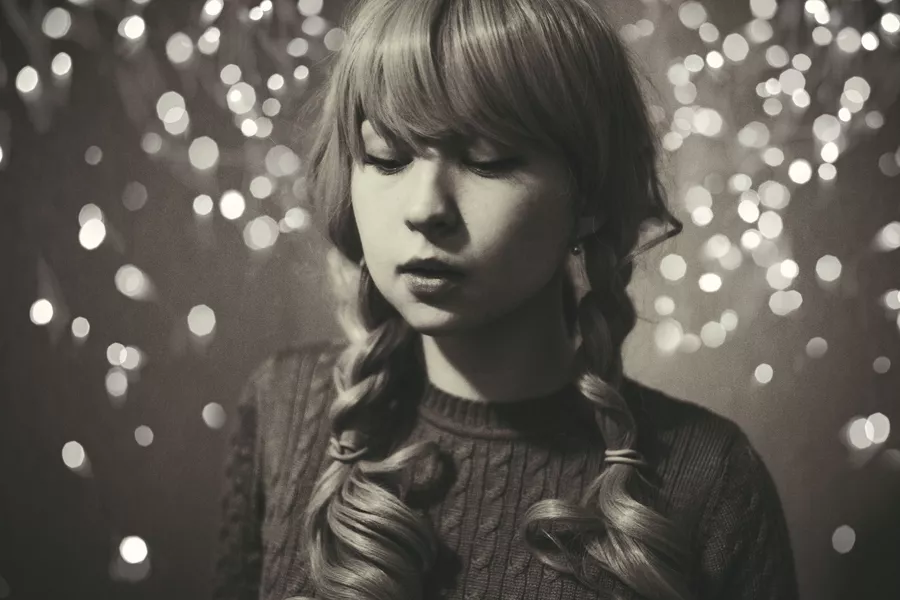
Much like hairstyles, hair colors are very fun to experiment with (especially when you learn how to work with them in Adobe Photoshop). Selective color in Adobe Photoshop allows users to change specific hues in an image, a tool perfect for hair retouching. For instance, dark hair can be highlighted by altering the neutral colors in selective color. Similarly, lighter hair can be completely transformed by changing yellows and reds.
When the lighting conditions aren’t ideal during a shoot, changing hair color in Adobe Photoshop might be an ordeal. If you don’t have access to the best lighting at any point in time, investing in several wigs would remove the problem. There’s a plethora of hairstyles and hair colors to choose from when it comes to wigs; using them in your self portrait will enhance your portfolio in unimaginable ways.
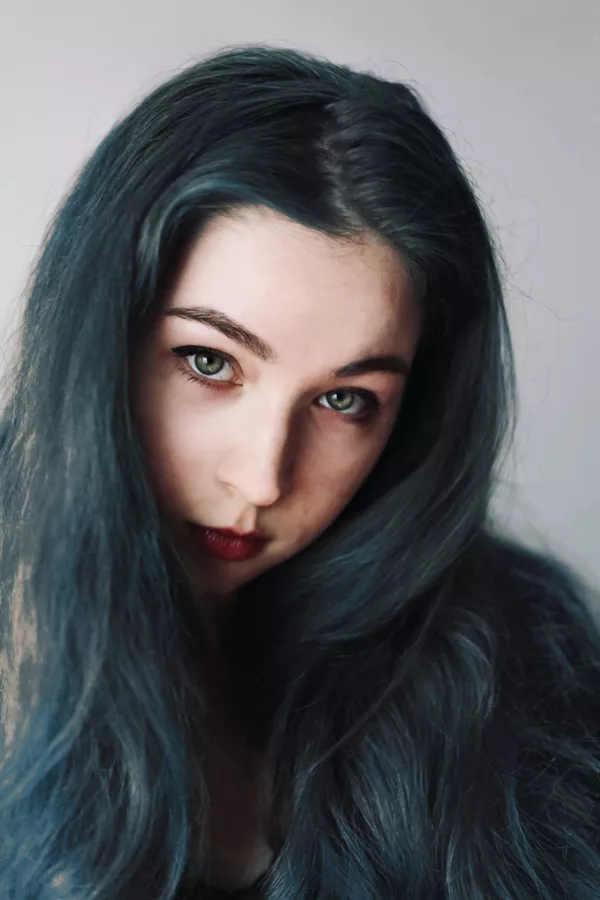
For those who aren’t big on makeup, the transformation is still very possible. A simple eyeliner can make someone feel like an entirely different person. Even a touch of black lipstick could instantly transform you into the character you admire. Keep this in mind when you look through your makeup tools – chances are that you’ll find creative and eye-opening ways to apply them.
Makeup, specifically eyebrow pencils, are ideal for creating beauty spots or freckles. Such minor additions will dramatically change your appearance, allowing your images to strongly affect viewers. Freckles look particularly alluring in black & white photographs. Makeup can also come in handy when creating fake tattoos or other body modifications. The fact that makeup can be easily removed makes it a self-portrait photographer’s best friend: easy to apply, easy to remove. The results transform you into someone completely different, someone whose emotions and stories you can confidently share with the world.
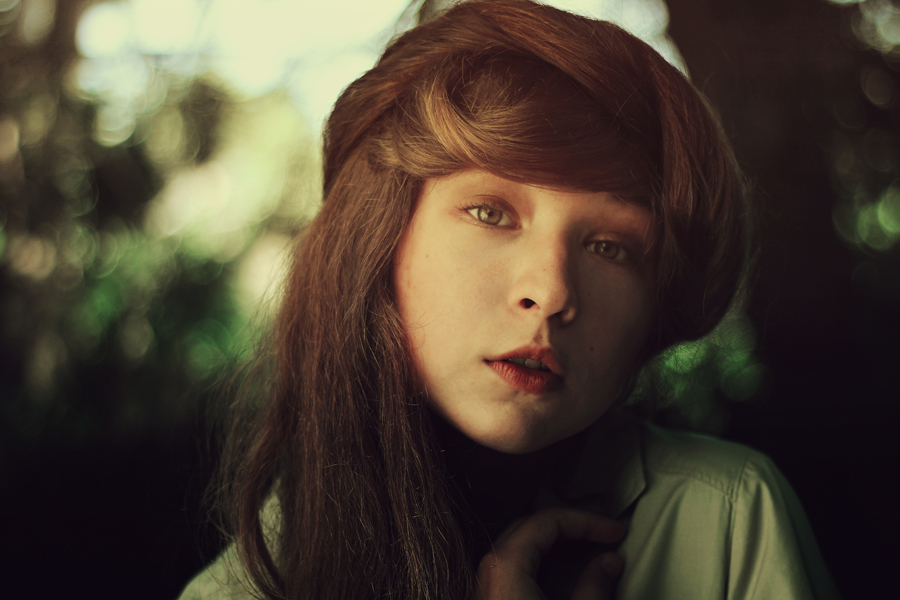
Visiting new and picturesque locations might help you develop a character idea or enhance a vision you already have. If you don’t have access to such places, shoot somewhere familiar and alter the colors using selective color (Lightroom has similar features.) This way, you can transform a summery backyard into an autumnal one. The possibilities are excitingly endless. What you’ll get is an almost fictional world where you and your imagination can thrive.
Adding textures in the editing process could also add an interesting element to your transformation. Since there are all kinds of resources out there (many of them are free), you can make your image look as old or as new as you like. This creative freedom enables artists to create an artistic self portrait that is out of this world.
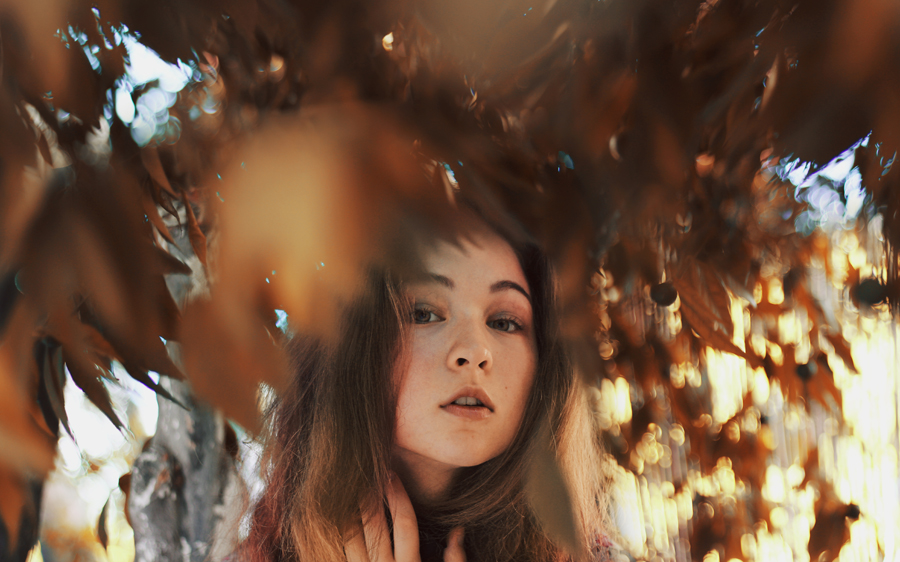
Sometimes, we find ourselves hiding behind masks just to please someone or avoid an unpleasant conversation. These situations often leave us feeling so distant from ourselves it makes our hearts ache. To a certain extent, self-portraiture is an ode to all of these moments, a way of relating to all kinds of people by transforming ourselves into something we’re not. One could also consider self-portraiture a form of empathy. We create characters whose stories we strongly wish to share with the world and by doing that, we learn more about other lives and how we perceive them.
This might be a straightforward thing to point out, but people are often oblivious to the importance of lighting. Light is a reflection of emotions; it’s often a sign of untold stories which have found their way into an image. Making the most of artificial or natural light is a skill worth learning.When outdoor lighting conditions are unfavorable, use any artificial lights you can get your hands on – you’ll be surprised that almost anything makes a great portrait if you take the time to experiment with angles, positions, and poses. (Just as an example, even a simple lamp can be a brilliant source of light, especially backlight.) Taking a few steps from a window on a sunny day will create a darker atmosphere, allowing for somber photographs. Similarly, standing right next to a window with lots of natural light will create a more cheerful atmosphere. However, don’t limit yourself to these simple steps; try various positions, a different angle, or a new facial expression, and soon enough you’ll find yourself enjoying the process instead of being intimidated by it.
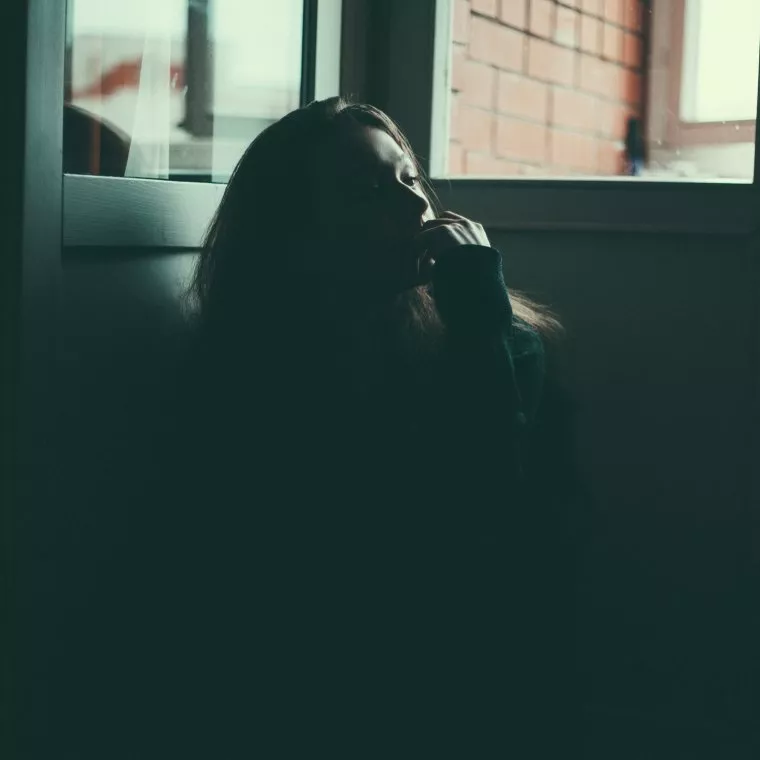
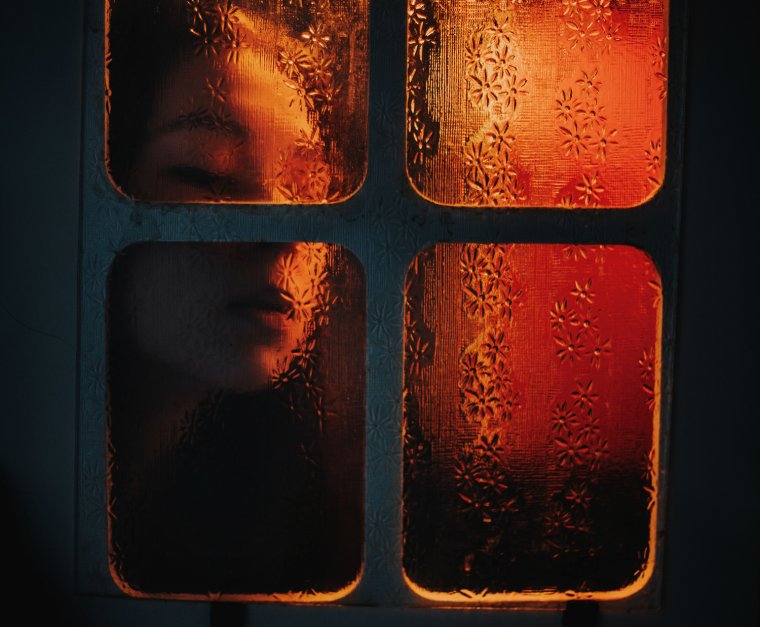
In addition to lighting, a photograph’s emotional aspect is of great importance. Unpleasant feelings like jealousy and abandonment can be soothed, if not completely obliterated, with the help of self-portraiture. It’s not necessary to sob or scream in front of your camera; it’s just as possible to cry through a fragile pose or to be angry with your eyes. It’s also possible to glow with happiness without smiling and to show excitement through a simple hand gesture. If you’re not comfortable with showing your face, remember that self-portraiture doesn’t have to revolve around a subject’s countenance; even a faceless photo of you holding a book in a homely atmosphere could be deemed a self portrait.
If you don’t feel any profound emotions on any given day, or if the idea of expressing anger doesn’t appeal to you, watch a touching film or read a great book. Short films (Vimeo is a great place to find those) and poems are also great shortcuts if you’re short on time. Experiencing the very depths of art will inculcate in you a desire to nurture your emotions and find new ones to observe. After watching a film, no matter how different its emotions are to yours, you’ll feel creativity rushing inside of you. Such moments of intense emotion are absolutely ideal for fine art photography, especially self portraiture.
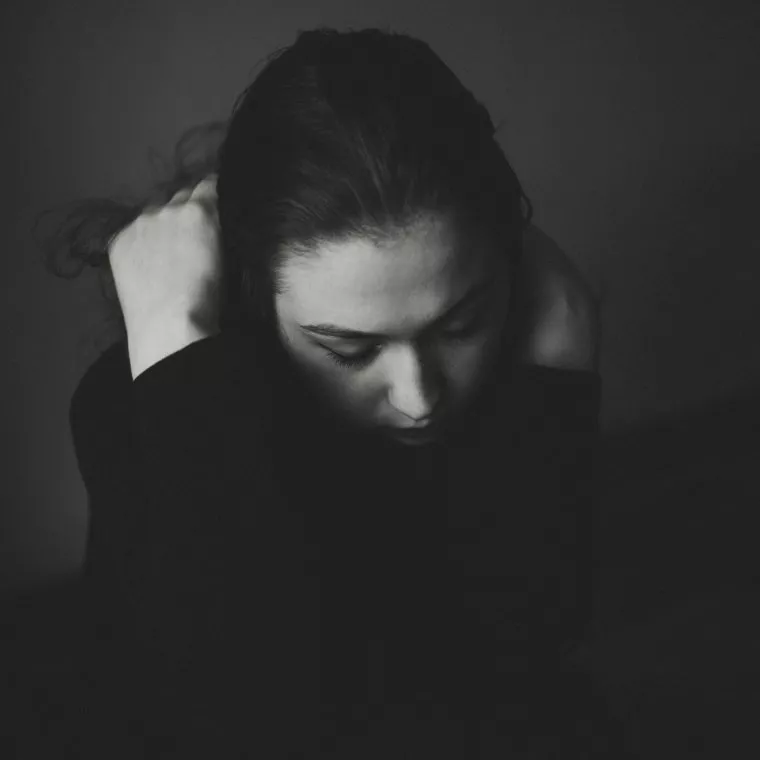
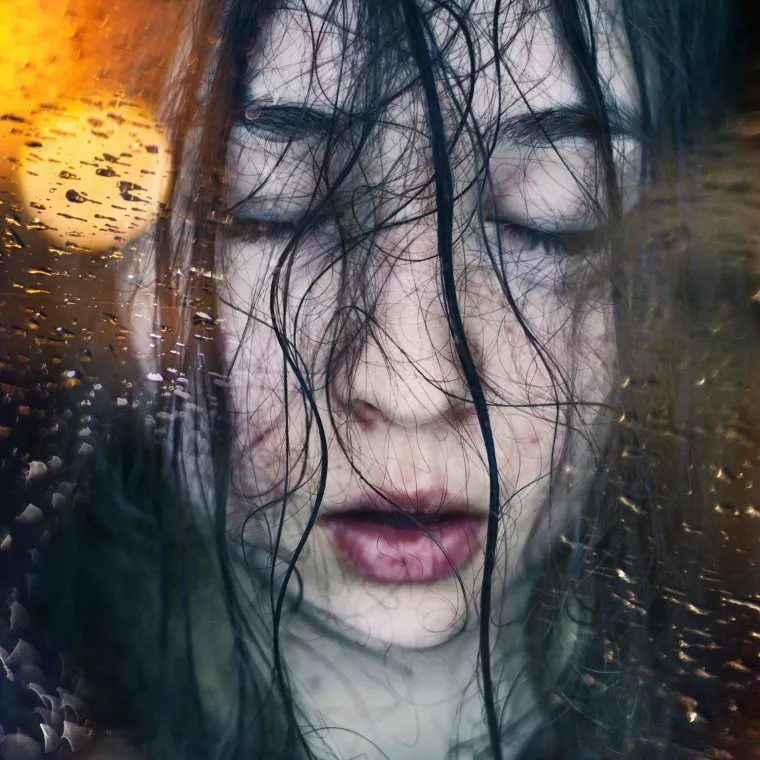
Finding your style as a self-portrait photographer might seem like an ordeal. To soothe the pain of creative frustation, take the time to study other photographers’ images. You’ll notice that there’s a myriad of genres within self portraiture, from conceptual, to horror, to anything you can imagine. Let this knowledge give you the freedom and the courage to work with your ideas in every way imaginable. As you experiment, your style will gracefully emerge. If you don’t know where to start, here are a few skilled self-portrait artists worth following: Cindy Sherman, Andy Warhol, Vivian Maier, Trish Morrissey, Man Rey, Francesca Woodman, Lee Friedlander, Robert Mapplethorpe, and Robert Cornelius.
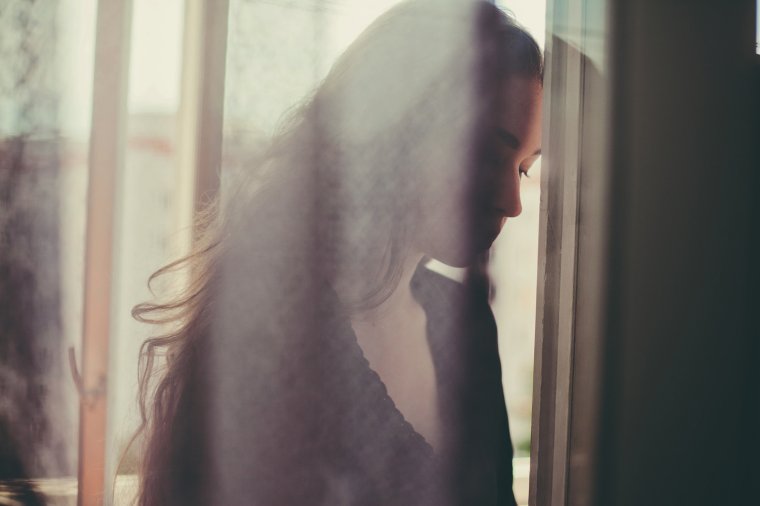
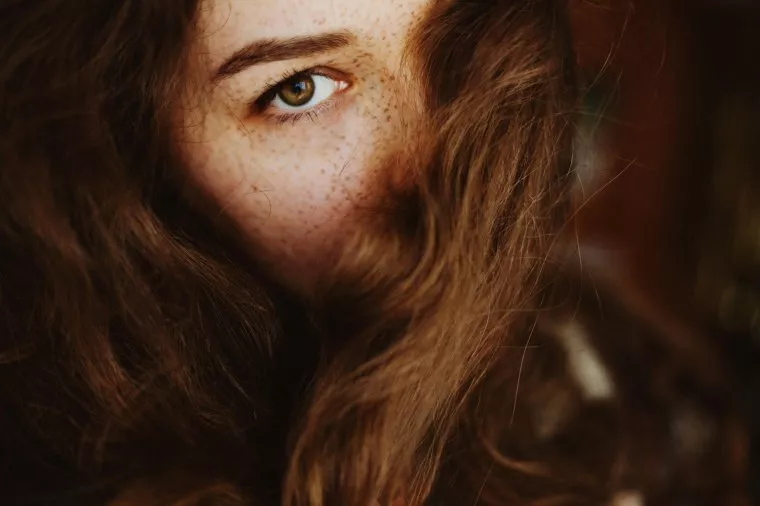
As you may have noticed, many photographers transform themselves completely for the sake of self portraiture. This is a fantastic way to represent emotions, fictional characters, sayings, nature, etc. This world is limitless and exhilarating; you can look for wigs, costumes, props, locations, and backgrounds (or even make your own). You can add freckles to your face, experiment with dramatic makeup, and fake a haircut; the possibilities are endless. Your results will stand out, add diversity to your portfolio, and allow you to create as many self portraits as you like without worrying about monotony.
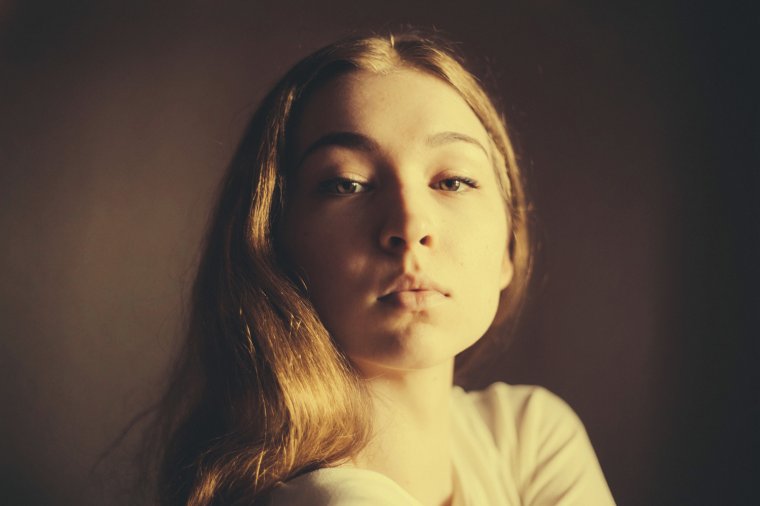
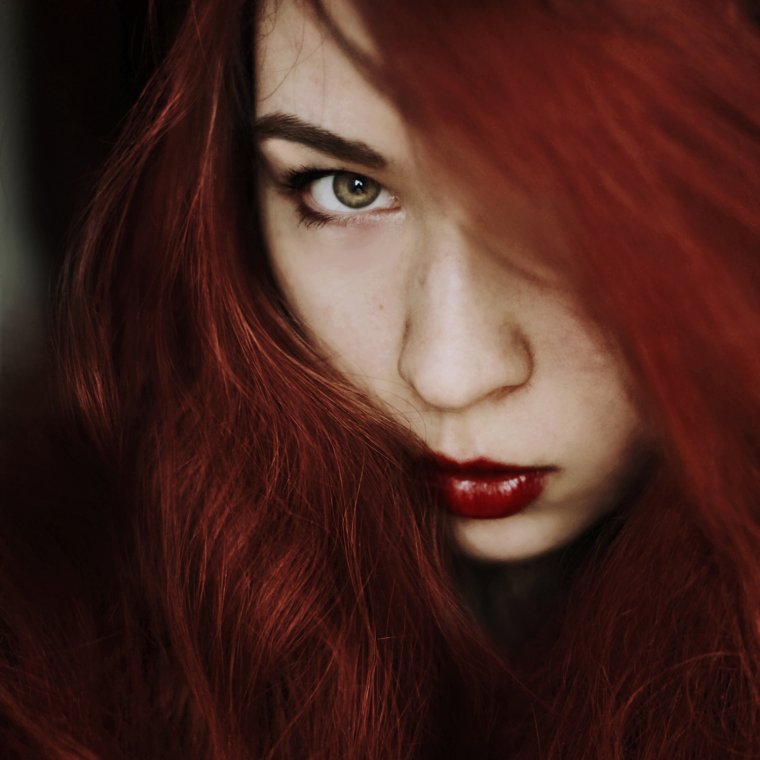
Whether you’re comfortable with showing your face in photos or not, you can be considered a professional self portrait photographer. All it takes is a patience, openness, and a willingness to experiment. Becoming a part of the self portraiture world will give you the necessary skills and patience to work with other people. Thus, you’ll be both a wonderful self portrait photographer and a creative photo-taker in general.
Good luck!
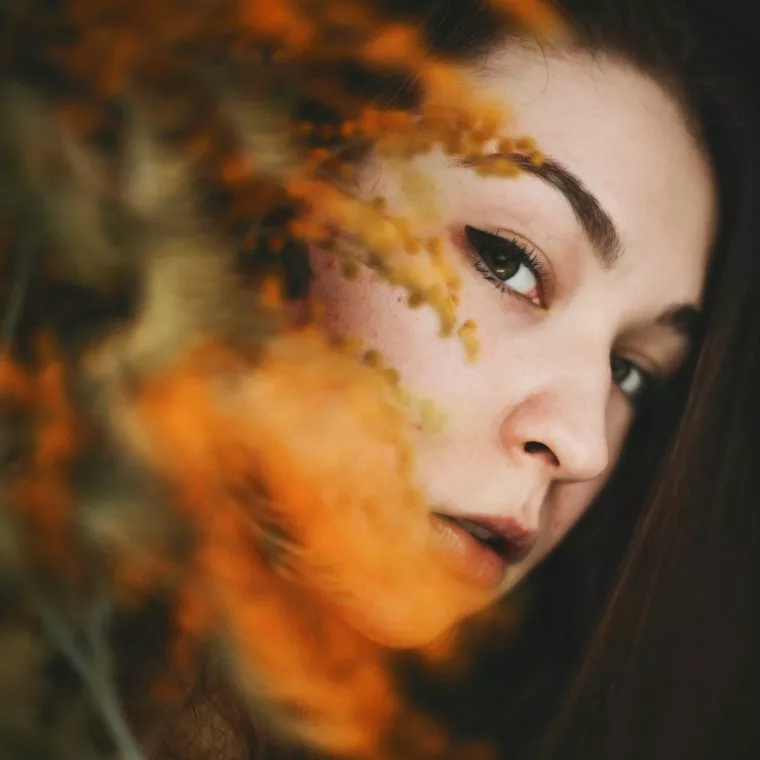
Comments (0)
There are no comments yet.